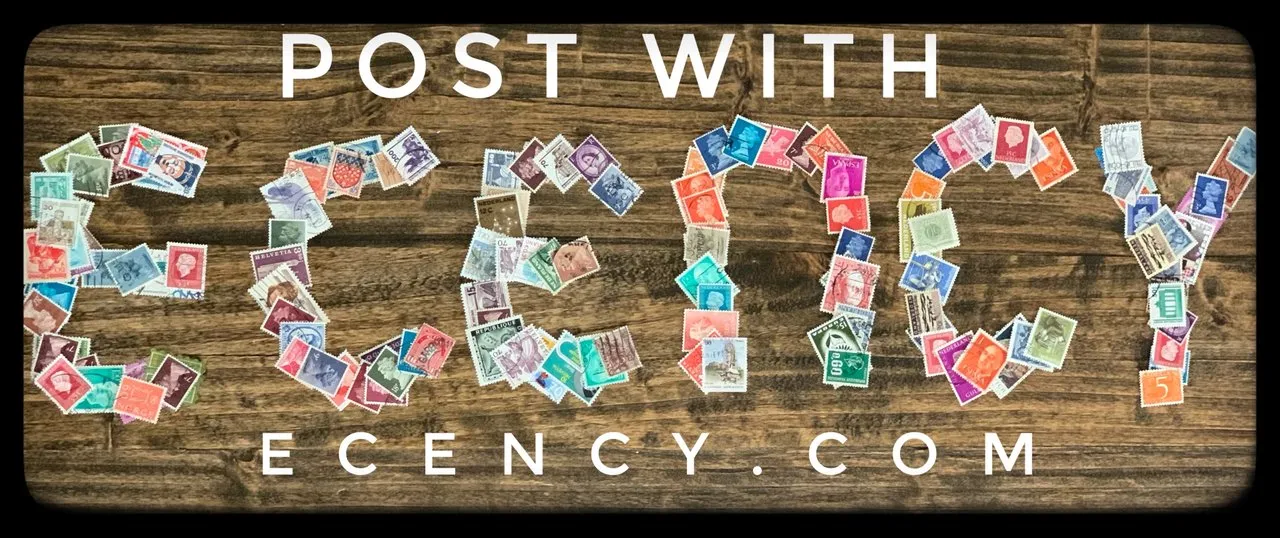
Good day. My name is Zak Ludick from South Africa and I am a registered Construction Safety Officer with SACPCMP and a Technical member of SAIOSH.
This is a training that I have written regarding Safety Culture. The purpose of this training is to expose to the concept and open communication towards the goal of establishing a positing Safet Culture in a business, company, project or site.
Safety Culture Training
Welcome to the first Company Toolbox talk for 2024. It is a new year and it is time to look at what we are doing correctly and what we can be doing better at Company name* in terms of the work that we do and the standard of Safety that we have.
I want to look at the concept of Safety and what our mind-set is when it comes to Safety. When someone has the wrong concept or idea about something, it becomes difficult to discuss and difficult to learn what is most important about the subject.
When you deal with large companies, you often hear about a Safety Culture. This is to say, what is the general attitude that everyone has towards safety? A good Safety Culture means that throughout a company, from the CEO through to the assistants that Safety is prioritized and for the right reasons.
Let us have a look at what a good Safety Culture is, where it comes from and why everyone benefits from it.
A definition of Culture
What is a culture? It is a collection of ideas, customs and social behavior of a group of people. It can be found in ethnic groups such as the many cultures of South Africa(most countries have and understand multiple ethnic groups). It can also be found in groups of people with a similar interest or passion, examples of this would be like “biker culture”, “braai culture” and other such interests.
There is even groups of cultures for people who are in a certain time of their lives, such as the culture of young parents or teenagers.
It is obvious to see that people often get very passionate about their culture and that it is something that usually interests them. It is also important to see that people can belong to more than one culture because individual people are complex organisms.
You can have an ethnic culture, but be an absolute fan of Premier League Football, which can be taken even further when you consider what team you might support – connecting you with other fans of this culture all around the world. This same person may be a part of a third culture, based on their age and habits – a vlogging culture for example. This is someone who likes to make little videos of themselves like a diary and posts them online.
This specific person will probably make a vlog while at a Football game. They might also do so, in a context that is specific to their heritage.
So, because of this, when we look at ourselves at work, because we are working in an industry where there are many hazards and there are many safety rules, it is important to develop a Safety Culture.
##VThe Purpose of a Safety Culture
In the end of the day, we all what to go home safe to our loved ones. Everyone who goes to work to get paid does so intending to earn money that they can use to enrich themselves and take care of their families.
We all want work that does not put us in danger and we want work that is a repeatable task that means that we can be paid for doing this task over and over. Whether you are installing cable-tray or fault-finding a machine – this is a definition of repeatable tasks that you are rewarded for.
In the context of our industry, we want to be able to continue doing this work that we are good at and do it safely, without feeling like we are endangering ourselves, or by doing it incorrectly in such a way that we believe that we will lose our jobs!
The actions of one person in the Company has a very real influence on the well-being of others and it is far more certain that positive things will happen to you when positive things are happening to others within a company than when there is a trend of bad happenings in a Company.
If there is an incident or accident in the Company at one of the sites where we work, this could affect the income of the Company. One of our staff members may have been injured and when your team is down members, how do you manage to perform as a team? If someone was hurt where you work, you might want to stop doing that kind of work.
There are many examples of this in our Company where the consequences and rewards of actions are shared among everyone.
Having a unified outlook on good safety practices ensures that Safety Standards in the Company are high! This ensures that everyone can work safely, with support and without the fear of injury or failure.
Good and Bad Safety Culture
Generally, a Bad Safety Culture is an attitude that refuses to cooperate and follow the rules. It is an attitude of not caring for the safety and well-being of others nor caring about the Company image and reputation.
When there is a Bad Safety Culture it can also be because of a supervisor (site foreman or technician) who is not interested in the safety of the work team. This then has a knock-on effect on the attitude and participation of other people in the team.
A Good Safety Culture is an attitude of including Safety into your planning. You approach each job with an idea of doing it safely and without putting yourself or others in danger.
Management should consider safety factors in the planning of a job. Should the people doing the work come across a situation that there is no sufficient safety precautions in place, management must be contacted and informed of the situation.
In the Bad Safety Culture, the management team is not approachable and deny any chance for staff to bring their own solutions. In a Good Safety Culture, the management team is approachable and will use the ideas available from all staff members, before deciding on how to proceed best.
At Company name*, our staff are educated whenever possible in terms of regulations to allow for them to perform their tasks safely. It is up to every one of us to obey those rules and to apply them to our daily work lives. With a better Safety Culture at work, we work safer as individuals and are more competent as professionals.
Thank you for your time.
Cheers!
@zakludick


